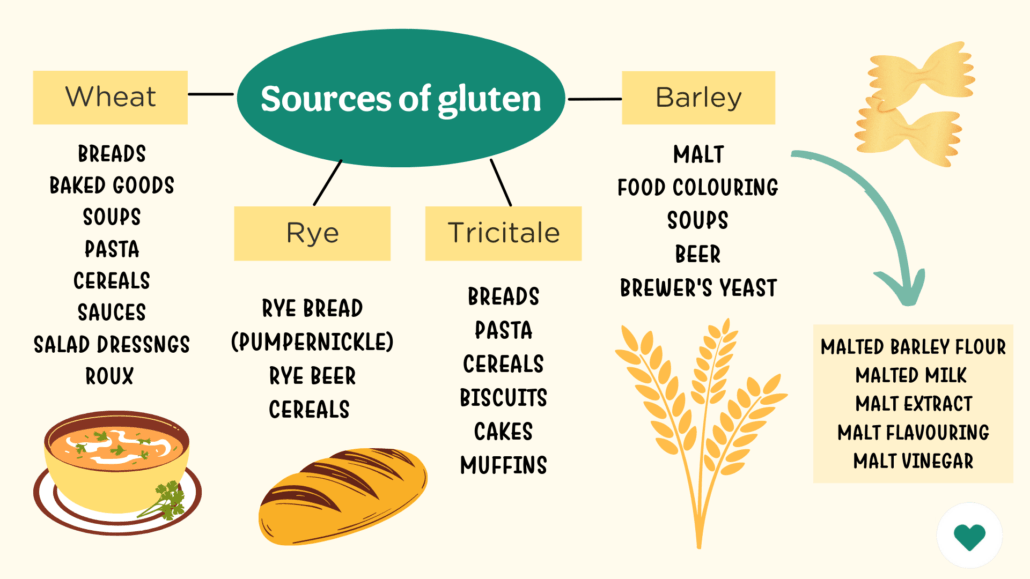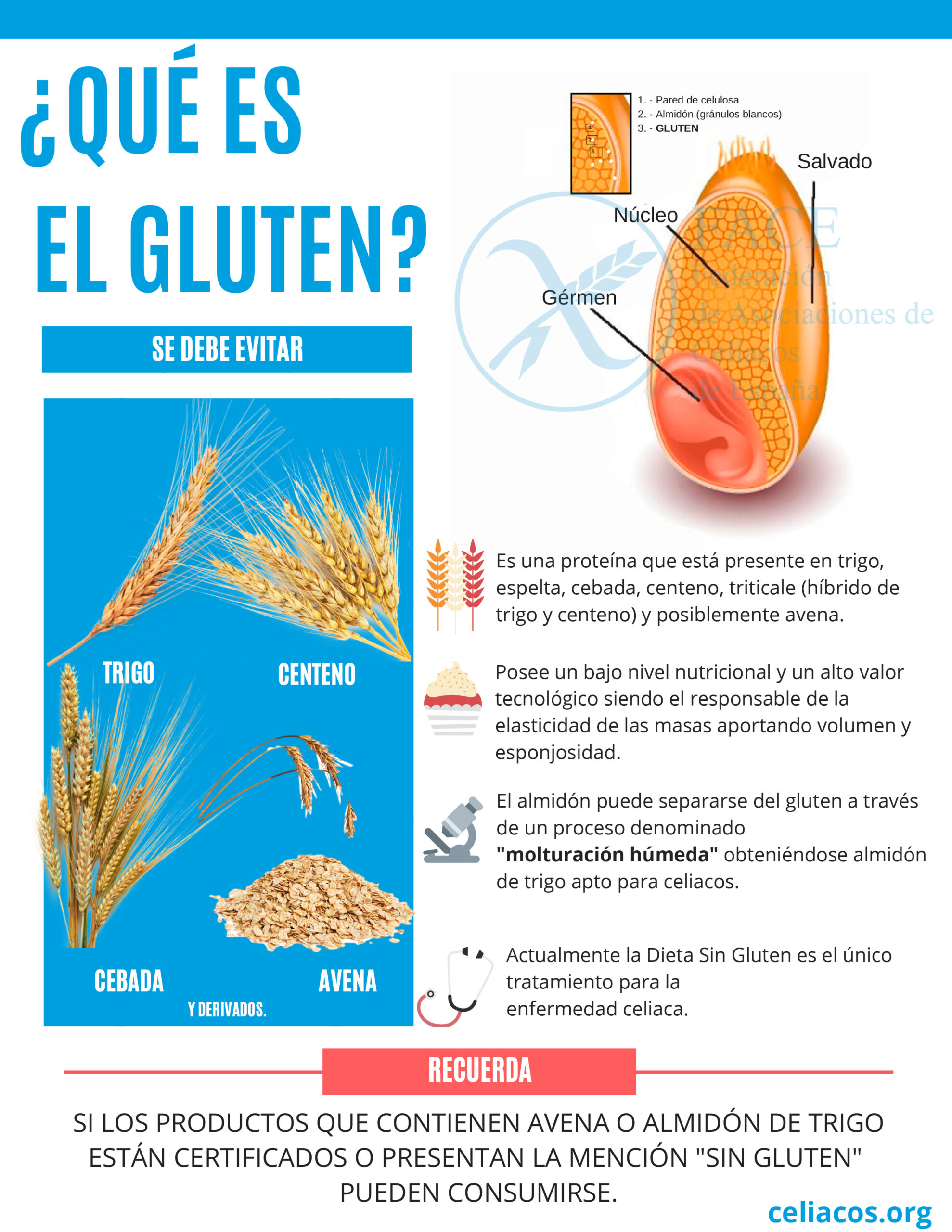
Gluten-Free Treats for Allergic Cats: A Guide to Happy, Healthy Snacking
Food allergies in cats are a common concern for pet owners. Just like humans, cats can develop sensitivities to various ingredients in their diet, leading to uncomfortable symptoms and a decline in their overall well-being. While the prevalence of gluten allergies in cats is still debated among veterinarians, many cat owners have found that switching to a gluten-free diet can alleviate their cat’s allergy symptoms and improve their quality of life.
Understanding Food Allergies in Cats
Before diving into gluten-free treats, it’s crucial to understand the basics of food allergies in cats. A food allergy occurs when a cat’s immune system mistakenly identifies a particular ingredient as a threat. This triggers an immune response, leading to a range of symptoms, including:
- Skin Issues: Itchy skin, excessive scratching, hair loss, redness, inflammation, and skin lesions.
- Gastrointestinal Problems: Vomiting, diarrhea, gas, abdominal pain, and loss of appetite.
- Respiratory Symptoms: Coughing, sneezing, and difficulty breathing (though less common).
- Other Signs: Ear infections, swollen paws, and behavioral changes.
The most common food allergens in cats include beef, dairy, fish, and chicken. While less common, some cats can also be allergic to grains like wheat, corn, and soy, which contain gluten.
What is Gluten?
Gluten is a protein found in wheat, barley, rye, and triticale. It gives dough its elasticity and chewy texture. While gluten is harmless to most cats, some may develop an allergic reaction or intolerance to it.
Why Consider Gluten-Free Treats?
Even if your cat hasn’t been officially diagnosed with a gluten allergy, switching to gluten-free treats can be beneficial for several reasons:
- Potential Allergy Relief: If your cat is experiencing allergy symptoms and you suspect food sensitivities, eliminating gluten from their diet, including treats, can help determine if gluten is the culprit.
- Improved Digestion: Some cats may have difficulty digesting gluten, even if they’re not technically allergic. Gluten-free treats can be easier on their digestive system, leading to better nutrient absorption and reduced digestive upset.
- Reduced Inflammation: Gluten can contribute to inflammation in the body, especially in sensitive individuals. Gluten-free treats may help reduce inflammation and promote overall health.
- Healthier Ingredients: Many gluten-free cat treats are made with higher-quality, more nutritious ingredients than conventional treats. This can provide your cat with essential vitamins, minerals, and antioxidants.
Identifying Gluten in Cat Treats
Reading the ingredient list carefully is essential when choosing gluten-free treats for your cat. Look out for the following gluten-containing ingredients:
- Wheat
- Wheat flour
- Wheat gluten
- Wheat bran
- Wheat germ
- Barley
- Rye
- Triticale
- Oats (unless certified gluten-free)
- Malt
Gluten-Free Treat Options for Cats
Fortunately, there are many delicious and nutritious gluten-free treat options available for cats:
- Single-Ingredient Treats: These are the safest option for cats with allergies, as they contain only one ingredient. Examples include:
- Freeze-dried meat (chicken, turkey, salmon, tuna)
- Dehydrated fish
- Cooked and unseasoned meat
- Grain-Free Commercial Treats: Look for treats specifically labeled as "grain-free." These treats typically use alternative carbohydrates like:
- Peas
- Sweet potatoes
- Tapioca
- Lentils
- Chickpeas
- Potatoes
-
Homemade Gluten-Free Treats: Making your own cat treats allows you to control the ingredients and ensure they are safe for your cat. Here’s a simple recipe:
Tuna and Sweet Potato Cat Treats
- Ingredients:
- 1 can (5 ounces) tuna in water, drained
- 1/2 cup cooked sweet potato, mashed
- 1 tablespoon coconut flour (or other gluten-free flour)
- Instructions:
- Preheat oven to 350°F (175°C).
- In a bowl, combine tuna, sweet potato, and coconut flour. Mix well until a dough forms.
- Roll out the dough on a lightly floured surface (use coconut flour).
- Use a cookie cutter to cut out small shapes.
- Place treats on a baking sheet lined with parchment paper.
- Bake for 15-20 minutes, or until golden brown.
- Let cool completely before serving.
- Store in an airtight container in the refrigerator for up to one week.
- Ingredients:
Tips for Introducing New Treats
When introducing any new treat to your cat’s diet, it’s essential to do so gradually to monitor for any adverse reactions. Here are some tips:
- Start Small: Offer a small amount of the new treat initially.
- Observe Your Cat: Watch for any signs of allergy symptoms, such as skin irritation, digestive upset, or changes in behavior.
- Introduce One New Treat at a Time: This makes it easier to identify the culprit if your cat has a reaction.
- Consult Your Veterinarian: If you’re concerned about food allergies or your cat experiences any adverse reactions, consult your veterinarian for guidance.
Other Considerations
- Read Labels Carefully: Always check the ingredient list of any cat treat, even if it’s labeled as "gluten-free" or "grain-free." Some products may contain hidden sources of gluten or other allergens.
- Avoid Cross-Contamination: If you’re preparing homemade treats, ensure your kitchen surfaces and utensils are clean and free from gluten.
- Treats Are Not a Substitute for a Balanced Diet: Treats should only make up a small portion of your cat’s daily calorie intake. Ensure your cat is eating a high-quality, balanced cat food that meets their nutritional needs.
- Consider an Elimination Diet: If you suspect your cat has a food allergy, your veterinarian may recommend an elimination diet. This involves feeding your cat a limited-ingredient diet for several weeks to see if their symptoms improve.
Conclusion
Gluten-free treats can be a valuable addition to the diet of cats with allergies or sensitivities. By carefully selecting treats that are free from gluten and other potential allergens, you can help alleviate your cat’s symptoms and improve their overall health and well-being. Remember to introduce new treats gradually and consult your veterinarian if you have any concerns. With a little research and attention to detail, you can find plenty of delicious and nutritious gluten-free treats that your feline friend will love.

